 |
| Robots can replace humans in restaurant and hotel service. (Illustration photo) |
Kodaiji Temple in Kyoto, Japan, is the first place in the country to use humanoid robots to teach the younger generation. The abbots believe that it “will change the face of Buddhism,” according to the Japan Times.
The robot, named Mindar, was developed at a cost of nearly $1 million in a joint project between Kodaiji Temple and renowned robotics professor Hiroshi Ishiguro of Osaka University. Mindar is tasked with teaching Buddhist teachings on compassion, the harmful effects of anger, desire and ego.
Buddhist sermons are presented by Mindar robot in Japanese, translated into English and Chinese, and displayed on screens to serve foreign tourists.
“That’s the beauty of robots. They can store knowledge infinitely and forever. We hope that artificial intelligence will continue to develop to help people overcome difficulties in life. Robots are helping to change Buddhism,” said Tensho Goto, a monk at Kodaiji Temple.
Develop with the times
Nowadays, people are quite familiar with the image of robots that can talk, walk, and move like humans. However, it is probably difficult to imagine how far humans will develop robots.
The term “robot” has been around for over 100 years since 1920. The first humanoid robot was created by a Japanese professor in 1973. To date, many advanced humanoid robots have been created to serve the needs and satisfy the unlimited creativity of humans. Familiar robots such as ASHIMO, AIBO… have continuously had new, improved versions in recent years.
At the Robot Exhibition in Japan called “You and Robots”, tour guide Sonyama Yukie said: “With about 130 robot models, we not only want people to explore and experience the interesting things about robots, but moreover, through the development of robots, we hope that each of us will have contemplation about humans, about the relationship between humans and robots”.
The exhibition provides an overview of the development of robots as well as a new perspective on the role of robots. The exhibition displays service robots such as multi-armed robots that help people do many things at the same time, robots with tails that help people keep their balance, or giant robots that replace heavy industrial machines. Just by sitting in one place wearing touch glasses, the robot will replace people to carry and move things by simulating actions received from brain waves.
With about 90 categories and 130 robot models jointly manufactured by more than 100 businesses and university research labs, the exhibition provides an overview of the robot development process in Japan and a new perspective on the role of robots in present and future life.
With the development of society and the modernization process in G7 countries (France, Germany, Italy, Japan, USA, UK and Canada), many new services have been formed, changing the perspective on robots, from robots serving industry to robots serving social and personal needs of humans.
Experts predict that within the next two decades, each person will need to use a personal robot, just like they need to use a computer today. Robots will be the center of a major technological revolution after the Internet. With this trend, along with other traditional applications of robots in industry, medicine, education, entertainment, and especially in national security, the market for robots and the services that follow will be extremely large.
Promising market
The cost of a multitasking worker is often more expensive than an industrial robot. This means that using robots has the potential to reduce direct labor costs. It can “free up” workers so that their skills and expertise can be used in other areas such as engineering, programming, and maintenance.
In addition to mobile robots running on wheels and chains, researchers are currently trying to apply the movement mechanisms of living organisms to robots, to create many new types of biomimetic robots with high self-adaptive movement capabilities. These include walking robots, humanoid robots, household robots, etc.
In walking robots, each leg of the robot is like a chain with 2-3 joints. Robots using moving legs have more advantages than using wheels or chains, and are able to walk on uneven terrain while maintaining smooth movement, the ability to go up and down stairs, overcome obstacles, cross ditches, walk on sinkholes or on sand that self-propelled wheels cannot do. Walking robots are also used in mine detection tasks, applications in agriculture and forestry.
Humanoid robots such as ASHIMO, Qrio and HRP-4 can walk, dance, go up and down stairs, have friendly gestures and converse with humans. The direction of development of this type of robot is that the humanoid and movement will become more sophisticated, light and flexible.
Home robots are user-friendly, affordable, safe, and help people with specific household tasks. Although the market for home robots is currently small, as the industry takes off, it will grow rapidly and become a very useful and profitable field.
In Vietnam, robot research and development has made significant progress over the past 25 years. Many units nationwide have conducted basic and applied research on robots such as the Automation Center, University of Technology - National University & Ho Chi Minh City, Institute of Electronics - Informatics - Automation under the Ministry of Industry, Institute of Military Science and Technology, Military Technical Academy, Institute of Mechanics, Institute of Information Technology under the Vietnam Academy of Science and Technology, etc.
The applications of robots in life and production are undeniable. Robots have a lot of potential and opportunities for development in the future. Therefore, large enterprises in the world will certainly continue to invest more heavily in this field to achieve maximum benefits.
Source







![[Photo] Closing of the 11th Conference of the 13th Central Committee of the Communist Party of Vietnam](https://vstatic.vietnam.vn/vietnam/resource/IMAGE/2025/4/12/114b57fe6e9b4814a5ddfacf6dfe5b7f)









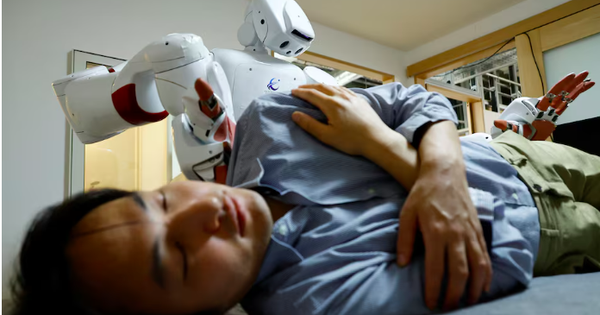

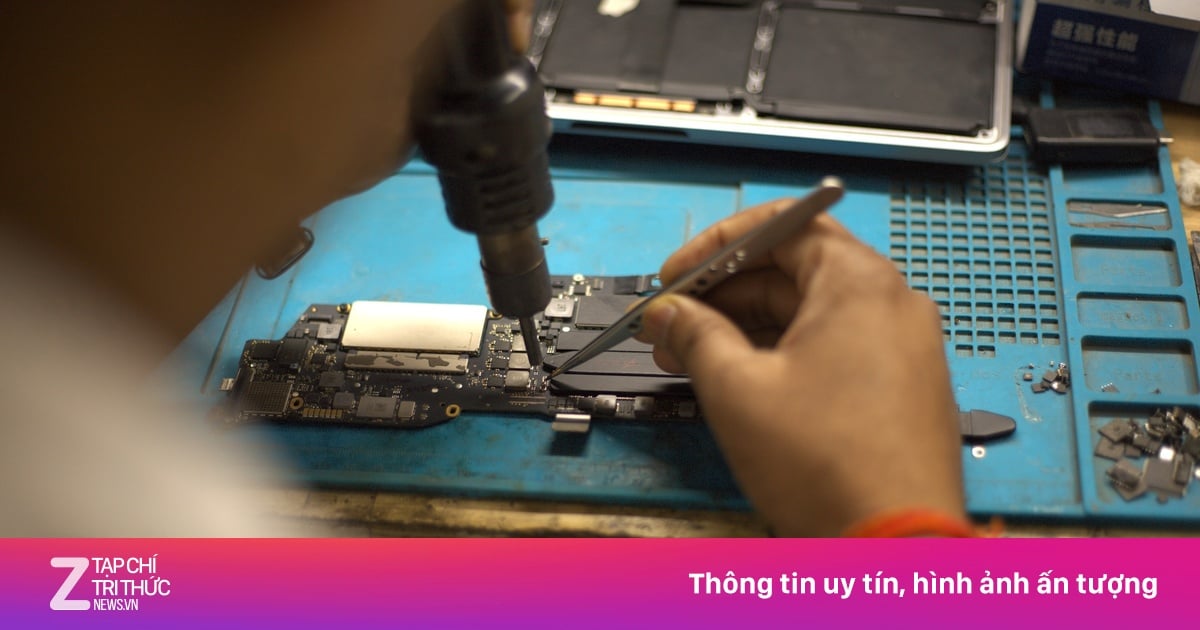














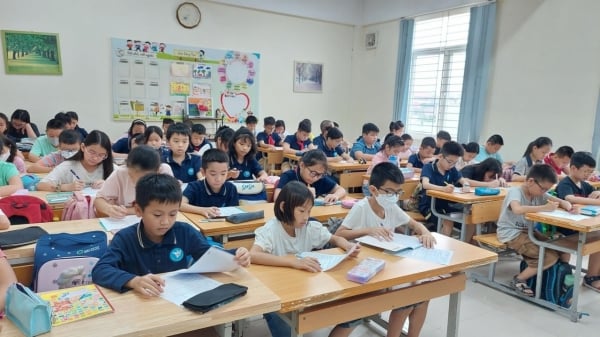
![[Photo] Overcoming all difficulties, speeding up construction progress of Hoa Binh Hydropower Plant Expansion Project](https://vstatic.vietnam.vn/vietnam/resource/IMAGE/2025/4/12/bff04b551e98484c84d74c8faa3526e0)











































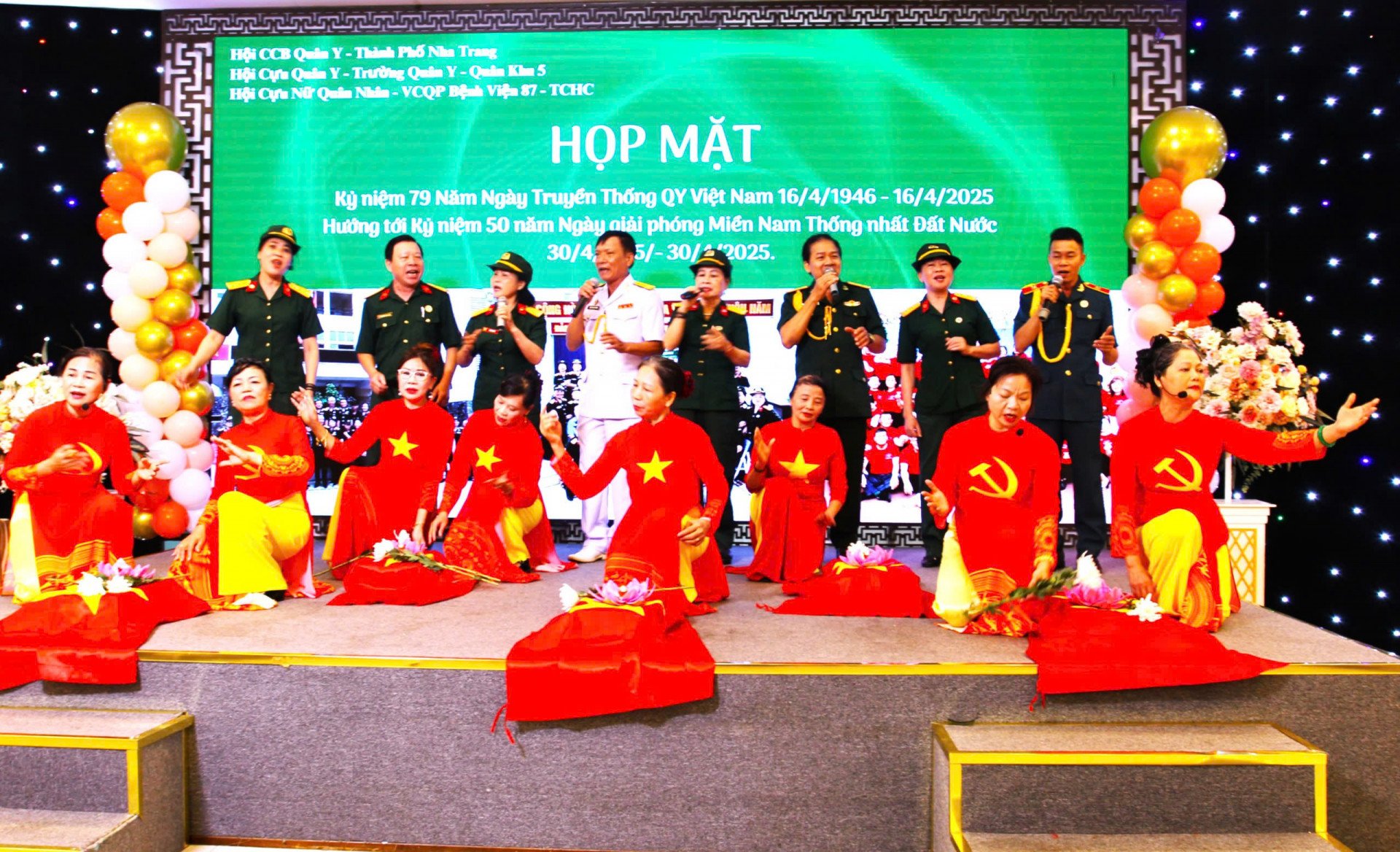




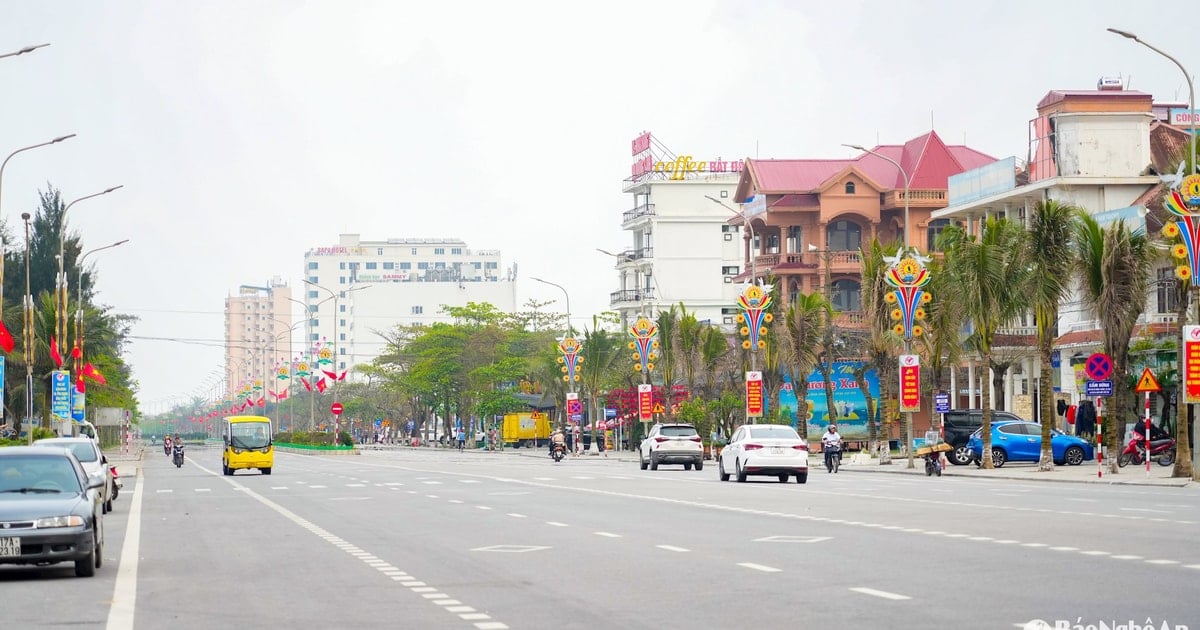












Comment (0)